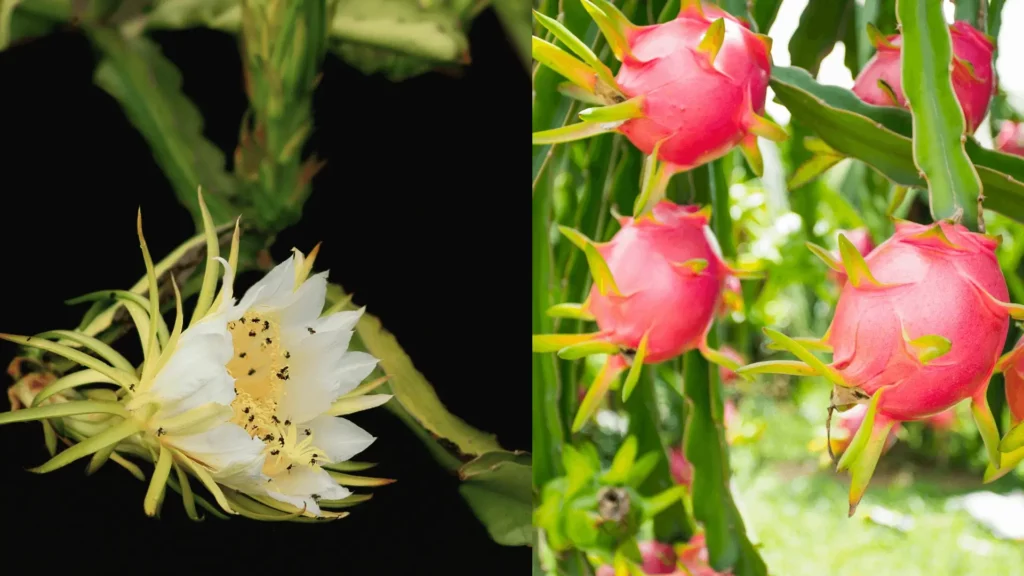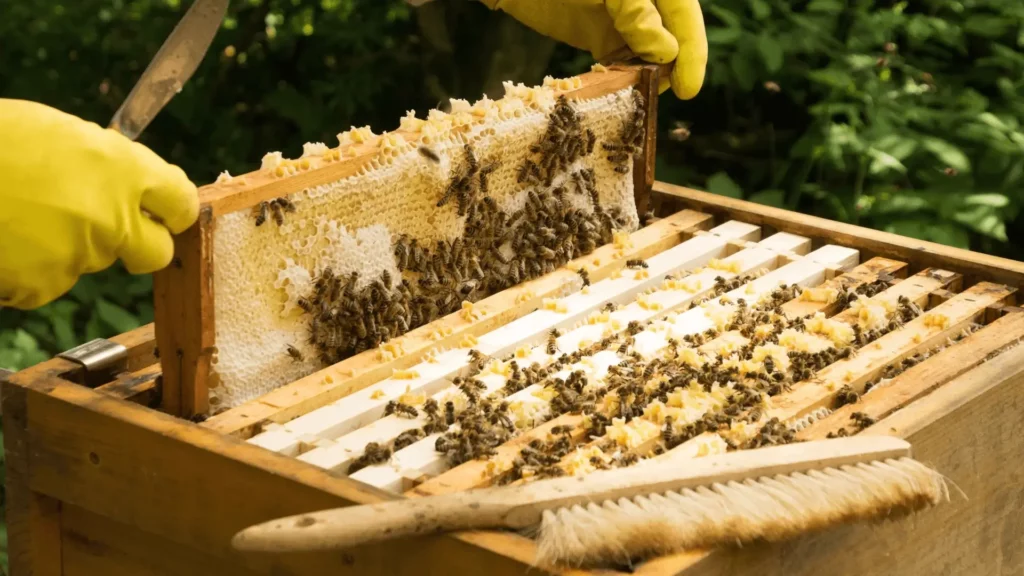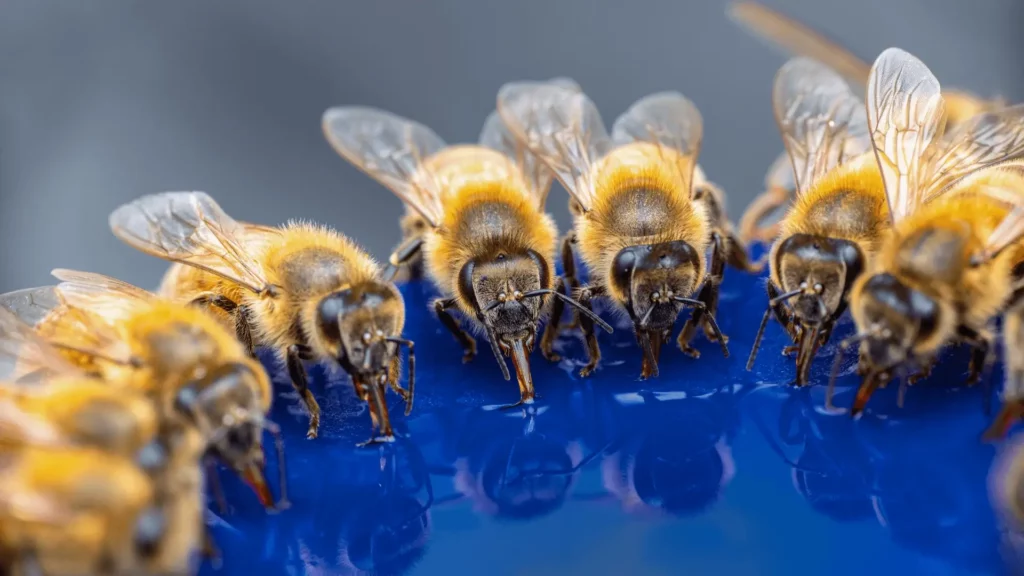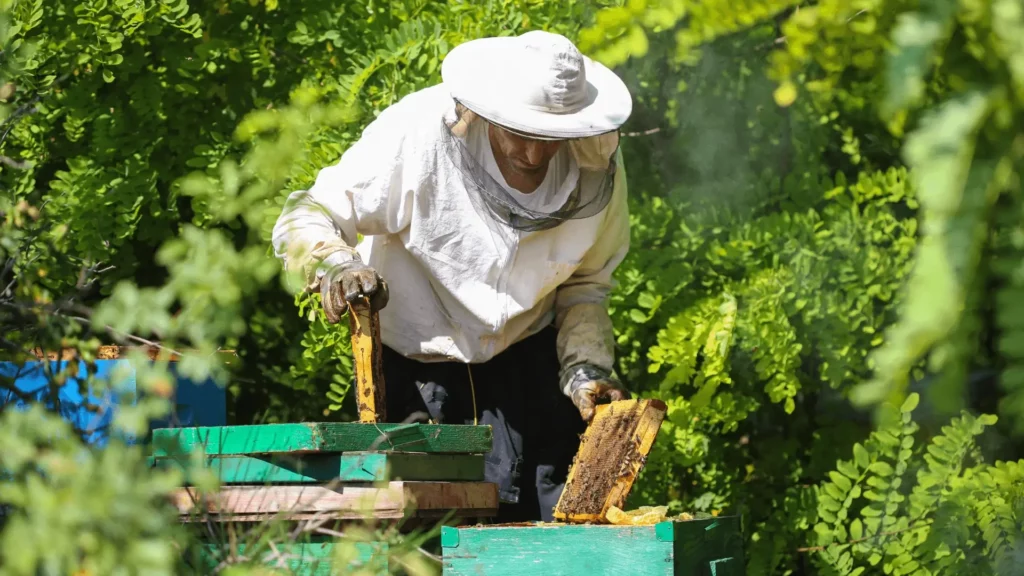
Are you a dragon fruit enthusiast looking to unlock the secrets of successful pollination? Look no further! In this article, we will dive deep into the fascinating world of dragon fruit pollination and provide you with tips and techniques for a bountiful harvest.
Imagine you walk out to your dragon fruit garden, eager to see the fruits of your labor (literally!). But to your dismay, you notice a lack of pollination and a disappointing yield. Don’t fret – we’re here to help you master the art of dragon fruit pollination!
Throughout this article, we will address your pain points and provide you with expert advice on techniques, best practices, and the different types of dragon fruit and their specific pollination requirements. Whether you’re a beginner or a seasoned gardener, this guide is for you.
From hand pollination to natural pollinators, we’ll cover it all. Keep reading as we dive into the intricacies of dragon fruit cultivation and equip you with the knowledge needed to ensure a successful and fruitful harvest.
Introduction to Dragon Fruit Pollination
Dragon fruit, also known as Pitaya, is renowned for its vibrant colors, unique shape, and refreshing flavor. But have you ever wondered how these exotic fruits come to be? The answer lies in the fascinating process of dragon fruit pollination.
Pollination plays a crucial role in the fruit production of dragon fruit plants. It is the transfer of pollen from the male reproductive organs to the female reproductive organs of the flower, resulting in the formation of fruits. In the case of dragon fruit, successful pollination is essential for the development of the delicious and nutritious fruits we enjoy.
Dragon fruit flowers are a sight to behold. They are large, showy, and known for their intricate beauty. These flowers open only at night, enticing pollinators with their enticing aroma. Night-flying insects, such as moths and bats, are the primary pollinators of dragon fruit plants. They are attracted to the flowers’ fragrance and nectar, unknowingly carrying pollen from one flower to another as they feed.
The Importance of Pollination
The process of pollination is crucial not only for fruit production but also for genetic diversity. Cross-pollination, which occurs when pollen from one plant fertilizes the flowers of another plant, results in offspring with a mix of genes from both parent plants. This leads to stronger and more resilient dragon fruit plants.
Proper pollination also ensures optimal fruit set and quality. Without adequate pollination, the fruits may develop poorly or even fail to form altogether, resulting in a disappointing harvest. By understanding the intricacies of dragon fruit pollination, growers can take steps to enhance pollination rates and increase their chances of a bountiful harvest.
In the following sections, we will dive deeper into the pollination process of dragon fruit, explore the flower structure, discuss different varieties, and provide techniques for ensuring successful pollination.
Also read: Exploring Bee Habitats: Where Do Bees Live and How to Support Them
Pollination Process and Flower Structure
Dragon fruit flowers have a unique and fascinating structure that plays a crucial role in the pollination process. Understanding this anatomy and the process of pollination can greatly enhance your success in cultivating dragon fruit.
Anatomy of Dragon Fruit Flowers
Dragon fruit flowers are one of the most impressive flowers in the cactaceae family. They are large, showy, and typically bloom at night. The flowers consist of several main parts:
1. Petals: Dragon fruit flowers have long, white or pink petals that form an exquisite star-shaped structure. These petals are visually striking and attract pollinators with their vibrant colors.
2. Stamens: The stamens are the male reproductive organs of the flower. They consist of a filament and an anther. The anther is responsible for producing and releasing pollen, which is essential for fertilization.
3. Pistil: The pistil is the female reproductive organ of the flower. It is composed of three main parts: the stigma, style, and ovary. The stigma is sticky and serves as the landing platform for pollen grains. The style connects the stigma to the ovary, which contains the developing seeds.
The Process of Pollination
Dragon fruit flowers are primarily pollinated by nocturnal creatures such as bats, moths, and insects. These pollinators are attracted to the sweet fragrance and nectar produced by the flowers. As they visit the flowers in search of food, they inadvertently transfer pollen from the anthers to the stigma, facilitating fertilization.
When a pollinator lands on a dragon fruit flower, its body comes into contact with the anthers, picking up pollen grains. As it moves from flower to flower, it unintentionally deposits this pollen onto the stigma, allowing for pollination to occur.
The Role of Pollinators
Pollinators play a vital role in the successful pollination of dragon fruit flowers. Their movement from flower to flower ensures the transfer of pollen, leading to fruit set and seed development. Without the assistance of these natural pollinators, dragon fruit plants may struggle to produce fruits.
However, in regions where natural pollinators are scarce or inefficient, hand pollination techniques can be employed to ensure successful fruit set. By manually transferring pollen from the anthers to the stigma using a soft brush or other suitable method, growers can achieve reliable pollination and maximize their harvest.
Understanding the intricate anatomy of dragon fruit flowers and the process of pollination can empower you to take a hands-on approach in ensuring the success of your dragon fruit cultivation. Whether through natural pollinators or manual intervention, pollen transfer is essential for fruit development and a fruitful harvest.
Also read: Bee-Friendly Garden: Flowers That Don’t Attract Bees
Understanding Self-Fertile and Cross-Pollinating Varieties
Dragon fruit plants come in two distinct varieties: self-fertile and cross-pollinating. Understanding the differences between these varieties is crucial for successful cultivation.
Self-fertile Varieties
Self-fertile dragon fruit varieties possess both male and female reproductive organs within each flower. This allows them to pollinate themselves and set fruit without the need for external pollinators. These varieties are more convenient for home gardeners, as they don’t rely on the presence of other dragon fruit plants for pollination.
Cross-pollinating Varieties
On the other hand, cross-pollinating dragon fruit varieties require assistance from external pollinators. These varieties have separate male and female flowers, making cross-pollination necessary for fruit set. By planting different varieties in close proximity, you can ensure the effective transfer of pollen between flowers, resulting in fruitful harvests.
By understanding the characteristics of self-fertile and cross-pollinating varieties, you can make informed decisions about which dragon fruit plants to grow and how to optimize their pollination process.
Techniques for Hand Pollination
Hand pollination is a valuable technique for ensuring a successful fruit set in dragon fruit plants. By taking matters into your own hands, you can control the pollination process and maximize the chances of a bountiful harvest. Follow these step-by-step instructions to master the art of hand pollination:
1. Identify the Dragon Fruit Flowers:
– Locate the dragon fruit flowers, which generally bloom overnight and last only for around 12 hours.
– Look for fully opened flowers with fresh and vibrant petals.
2. Understand Flower Anatomy:
– Examine the flower anatomy to differentiate between the stigma (the female part) and the anthers (the male part).
– The stigma is usually located at the center of the flower and is receptive to pollen.
3. Gather Pollen:
– Select a fully opened flower from another dragon fruit plant that you want to cross-pollinate with.
– Gently tap the anthers to release the pollen onto a small brush or a cotton swab.
4. Transfer Pollen:
– Carefully brush the collected pollen onto the stigma of the target flower, ensuring full coverage.
– Be gentle to avoid damaging the delicate structures of the flower.
5. Repeat the Process:
– Repeat the hand pollination process for each flower that you wish to pollinate.
– Remember to use a new brush or swab for each transfer to prevent cross-contamination.
6. Protect the Pollinated Flowers:
– Cover the pollinated flowers with a mesh bag or protective sleeve to prevent accidental pollination by insects or wind.
By following these hand pollination techniques, you can enhance the fruit set of dragon fruit plants and increase the chances of larger, more flavorful fruit.
Harvesting Ripe Dragon Fruits
Harvesting dragon fruits at the optimum level of ripeness is crucial to ensure their rich flavor and delicious taste. Here are some indicators to look out for and the proper methods to follow when harvesting your dragon fruits:
1. Color and Texture:
– Ripe dragon fruits typically have vibrant and evenly distributed colors. Look for vivid shades of pink, red, or yellow, depending on the variety.
– Gently press the skin of the fruit to check for a slight give and firmness. Avoid fruits that are overly soft or have blemishes.
2. Harvesting Time:
– Dragon fruits are usually ready for harvest between 30 to 50 days after flowering, depending on the variety.
– Harvesting is typically done at night or early morning when the temperature is cooler to preserve the fruit’s quality.
3. Harvesting Methods:
– Use a pair of clean, sharp pruning shears or a knife to snip the fruit off the plant. Cut close to the stem but leave a small portion attached to the fruit.
– Alternatively, twist the fruit gently until it detaches from the stem. Be careful not to damage the plant or surrounding fruits.
4. Post-Harvest Care:
– Handle the harvested dragon fruits with care to prevent bruising or damage.
– Store them in a cool, dry place for a few days to allow them to fully ripen before consuming or refrigerating.
Remember, dragon fruits continue to ripen after harvest, so it’s essential to monitor them closely and consume them at the desired level of ripeness. Harvesting ripe dragon fruits will reward you with a delectable and satisfying eating experience. Enjoy the fruits of your labor!



